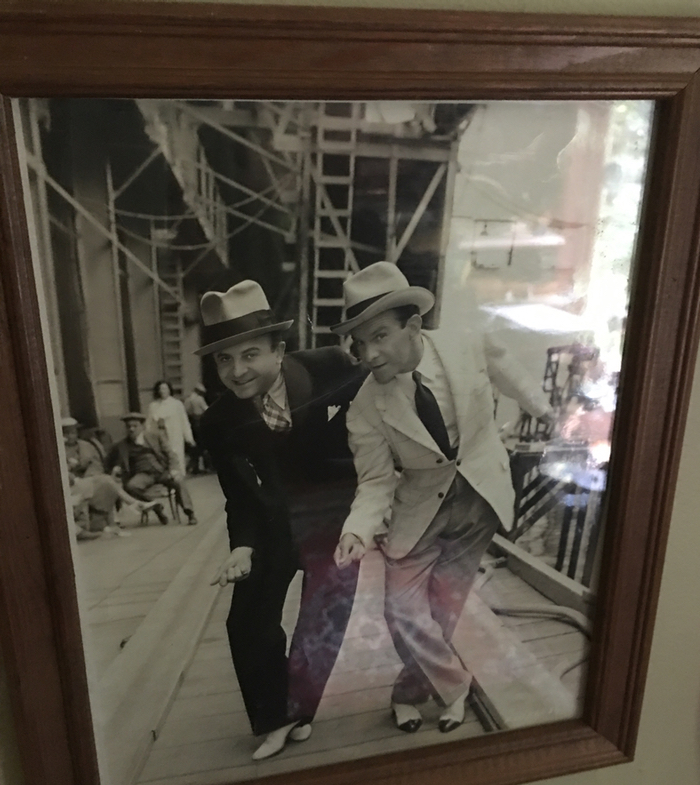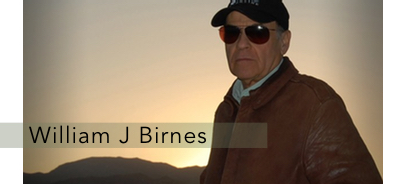My Father Was a Straight Man

When you cross Houston Street heading south towards the bottom of Manhattan and turn east towards the river and the Williamsburg Bridge, you come to one of New York’s original old neighborhoods: the Lower East Side. If you could listen through the curtain of time to a hundred and twenty years ago, you would hear clusters of voices talking, shouting over other voices, none of them speaking English. You would hear some German, some Russian, but mostly you would hear the sound of Yiddish. You would hear the creaking wheels of wooden pushcarts making their way along crowded streets, vendors selling their hot chickpeas, and schleppers calling out from doorways to entice young men to buy tailored suits to move up in the world.
For the immigrants on the Lower East Side before the turn of the century, this was a golden world where they could adhere to the traditions they followed in the shtetls without fear of the Czar’s horsemen riding through the villages, taking whatever they wanted, and cutting down anyone who protested. This was a world in which, though impoverished, they could be free. Their children would learn English, get jobs, and find money wherever they could. And the world was looking towards a new century in which you could turn on a light with the turning of a knob, hear someone’s voice over a telephone, and maybe even catch a glimpse of a carriage rolling down the street under its own power. A new century was just over the horizon.
For the eldest children in these immigrant households, the imperative was to earn money. Yes, school was important, but the next meal was even more important. There would be time for learning, books could be found, and the rabbinical students would teach whatever children needed to learn for a few coins. But families had to eat, and winters were especially harsh in the unheated tenements along Essex, Hester, and Orchard Streets. Stoves in these apartments were heated by coal. Only the rich had gas, and oil-burning central heating was at least twenty years away.
You could watch the horse-drawn coal carts – later replaced by coal trucks – back up to the coal bins at the apartment buildings where they dumped their coal down chutes into basements and, as they pulled away, left trails of the shiny black nuggets along the ground for gleaners to collect. Most of the gleaners were children, scraping up what they could from the street to stuff their pockets with enough fuel for an evening’s dinner and heat for the night. It was a common practice among the children growing up on the Lower East Side.
The children also had to earn what they could, doing whatever odd jobs they could perform, even if only to get paid in fruit or vegetables. For two of those children growing up in the neighborhood, Nathan Birnbaum and Abraham Kaplan, there was another route: street dancing.
A century before the craze of break dancing hit the streets of New York and Los Angeles, Birnbaum and Kaplan went from bar to bar along the East Side, over to the Bowery, and even north to Canal Street, dancing and singing on the sawdust floors of Irish bars, hoping for a few coins to help their parents pay the rent. “Birnbaum and Kaplan” they billed themselves, “Soft-shoe and a song or two,” as the locals taking a lunchtime break looked up from their sandwiches and beers to to watch a couple of 8-year-olds shuffle from table to table, hands out as they scratched the sawdust on the barroom floors.
Birnbaum and Kaplan? The Irish barkeepers were less than amused. It was the last quarter of the nineteenth century and the Irish had been in New York before the migrations of these Eastern European Jews who barely spoke English, most of them from Russia, driven out of their shtetls at bayonet point by the Czar’s soldiers. With their hair dangling in curls from where their sideburns were supposed to be, their heavy black hats, long costs with fringes hanging from their undergarments, long beards, always holding well-worn books and walking hunched over … who were they? They were tradesmen, tailors, hawkers, maybe a few doctors, but they weren’t Americans.
But their children, born here and roaming the streets of New York, were Americans. This was their country even though they still spoke the language of the old country with their parents and grandparents. They picked up American slang, soon adopted the lilt of a New York accent, and listened to ragtime and jazz, learning the lyrics to popular songs of the day. And they learned to dance, not the dances from the shtetl but the soft shoe and tap dances they saw at the music halls, outside the growing number of burlesque houses, and from other children on the street or in the parks. And for a tip from a passing stranger amused by how a couple of 8-year-olds could sing and dance to the lyrics of the day, Birnbaum and Kaplan became an act.
As they danced their way from bar to bar across the Lower East Side, usually at lunchtime when the patrons had loose change to spend, the barkeeps would become increasingly annoyed. These were a pair of small children performing in a bar only one or two steps ahead of the police, who also stopped in for a mug or two before walking the rest of their beat. And children weren’t allowed in bars unless they were pulling their fathers out to bring them home. One cop with a mad-on seeing a kid dancing on the sawdust floor and holding out a hat for a tip might be just enough to close the place down and put the manager in jail for violating any one of New York State’s child-labor laws, not to mention the fear of seeing children around alcohol. And to make it even worse, these kids, Birnbaum and Kaplan, didn’t even have Irish names. They were the children of the Other; newcomers to the neighborhood.
Brooms were handy cudgels when the dancers became a threat to a bar’s liquor license. As the reputation of Birnbaum and Kaplan spread along lower Manhattan, the barkeeps became less tolerant and soon just the appearance in the doorway of this dancing duo was enough to send an owner reaching for his broom and swinging it wildly in the air, barking at the hooligans and rapscallions to get out.
Birnbaum asked Kaplan one day, after a painful swipe had sent them tumbling into the street, “What if we were Irish?” Would the barkeeps be as angry with two Irish kids as they were with two little yiddels? Maybe it was at that moment, or shortly thereafter, that one of the coal wagons lumbered by. They watched. Time to fill their fathers’ overcoats and follow the wagon’s lift gate to capture whatever coal nuggets they could as the wagon pulled away. It didn’t take them long and soon they were dragging their fathers’ long coats along the ground, pockets stuffed with nuggets until they were more coal than kid. On the side of the wagon was the proprietor’s name: “The Burns Brothers Coal.” And that was how that name stuck to them. As the other children watched Nathan Birnbaum and Abie Kaplan run after the wagon, they shouted after them, “There go the Burns Brothers!”
“We’re the Burns Brothers,” Abie Kaplan said to one of the barkeeps just north of the Lower East Side. “The Burns Brothers,” Nathan Birnbaum echoed. “And we’re here to dance.”
“Just like the coal wagon,” the barkeep said.
“Yeah, like the coal wagon, the Burns Brothers,” Abie said, and the doors opened for the Burns Brothers and the beginning of their career, their first act in the new live entertainment form at the end of the nineteenth century, Vaudeville.
The Burns Brothers eventually took on two more partners and became “The Pee-Wee Quartet,” and then like most acts, the partners went their separate ways with other partners. Nathan Birnbaum partnered up with a seal, and then he met the person he would perform with for the rest of his life until she died. Even then, he would visit her every day, talking to her before heading home. And he still worked until almost the very day he died, sitting in his high director’s chair at his studio on Las Palmas. The other Burns changed the spelling of his last name when he partnered up with Dan Stanley and played the Keith Orpheum Circuit, the White Star and Cunard steamship lines, and eventually at a command performance before King Edward in London. Then he met a silent movie actress named Viola Katz from the Bronx, who changed her name to Kaye, and the two became Birns and Kaye.
Funny, though, how Nathan Birnbaum, now George Burns and partnered with his wife Gracie Allen, always played the straight man. And funny, too, how Abie Kaplan, now Al Birns, also played the straight man in his act Birns and Kaye.
As Budd Abbott, probably one of the greatest straight men in all of show business, once said, playing a straight man is harder than delivering the punch lines because you have to be the one to lay the pipe for the joke. That’s how Benny Kubelski played it when he became Jack Benny, and how George Burns and Al Birns played it.
Being a straight man is hard. I know, especially when you’re hunting UFOs. 📯
